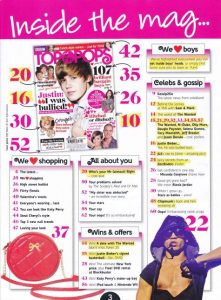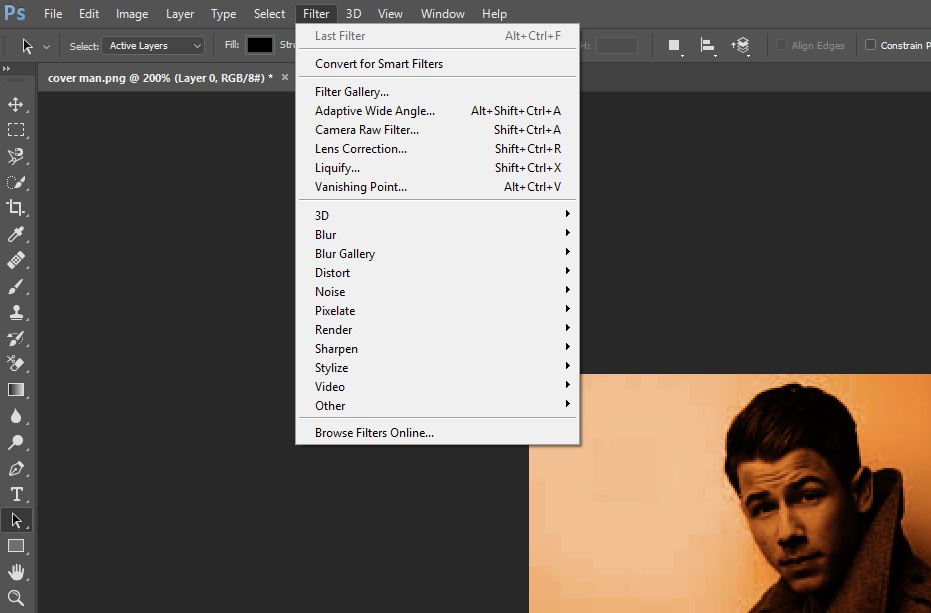- 2 x A4 pages side by side in indesign or 1 x A3 landscape
- Photo (if does not have to be one from the location shoot so can be from the front cover shoot – your choice)
- Consider where the staples will be i.e. line your photo/headline and article up carefully so that it isn’t lost in the staple fold.
- Space for the Headline – grabs the attention – alliteration – hyperbole – superlatives to make the reader stop and read on
- Space for the Standfirst – a short paragraph that expands on the headline and further tempts the reader to read on.
- Columns/space for the article in paragraphs.
- Turn off hyphenate – type/tables/paragraph – untick hyphenate
- Drop capital – indicates where the article starts (on the tab at the top there is an icon)
- By line – who wrote the article
- Caption on the photo to anchor it
- 2 x page numbers bottom left and bottom right
- Serif text for the copy of the article – easier to read – with ticks and flicks
- If the whole article does not fit on the 2 pages – don’t worry as you can add…continued on Page XXX…just so long as the whole article is in the blog so that the examiner can read it all in one place.
Remember, your article does not have to fit the two pages – as long as it is in its entirety in the blog, then you can use a …continued on page x
Your article does not need to be about your front page model, but it can be too.
Remember all the technical conventions: standfirst, byline, drop capital, quotes, captions/insets and serif font.
The photo does not have to be cut out but be creative and use photoshop for filters, manipulation etc.









